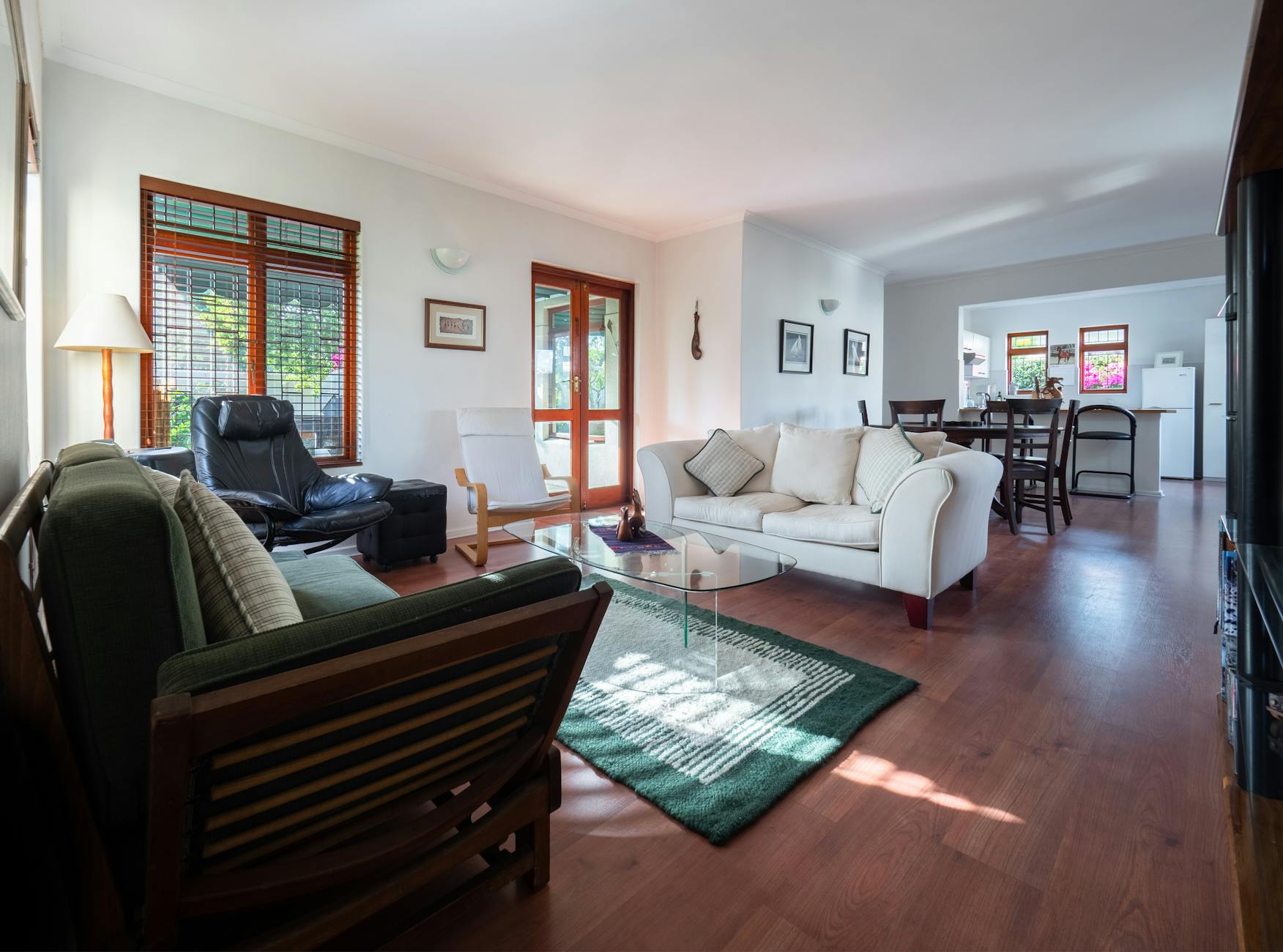How Many Lamps Should Be in a Living Room?
Lighting is a critical aspect of home design that significantly affects the ambience and functionality of your living space. When it comes to the living room, having the right number of lamps can enhance comfort while supporting the room’s aesthetic appeal. But how many lamps are ideal for this crucial area of the home? Let’s delve into the intricacies of living room lighting and discover how to perfect your illumination strategy.
Understanding the Purpose of Lighting
Before determining the number of lamps needed, it’s essential to understand the different functions of lighting in a living room. There are three main types:
- Ambient Lighting: This provides overall illumination to the room, ensuring it’s well-lit and inviting. Typically, ambient lighting can be achieved using ceiling fixtures, but lamps can supplement this, especially in larger rooms.
- Task Lighting: This is focused lighting that aids in specific activities like reading, working on a laptop, or crafting. Task lighting should be strategically placed where these activities are likely to occur.
- Accent Lighting: Accent lighting adds drama and highlights particular features such as artworks or architectural details. This type of lighting is less about functionality and more about decorative enhancement.
Factors Influencing the Number of Lamps
Several considerations impact the appropriate number of lamps for a living room:
- Room Size and Layout: Larger rooms or those with open layouts might require additional lighting to cover all areas effectively. Similarly, awkwardly shaped rooms may need more lamps to handle poorly lit zones.
- Existing Natural Light: A room that receives ample natural light might need fewer lamps. However, for homes lacking in natural light, more lamps could compensate to make the space feel bright and airy.
- Activities and Usage: Consider how the room is used. A multi-functional space where you watch TV, read, work, and entertain guests may necessitate more diverse lighting solutions.
- Decor and Style: The room’s decor and overall style also play a role. Some styles favor minimalist setups with fewer lamps, while others incorporate multiple statement lighting pieces.
General Guidelines for Lamp Numbers
While the exact number of lamps will vary based on your room’s specific needs, here are some general guidelines to consider:
- Average-Sized Rooms: An average living room may benefit from around three to four lamps. This often includes a mix of floor lamps and table lamps to achieve a blend of ambient and task lighting.
- Larger Rooms: For bigger living rooms, aim for more varied light sources. Five to seven lamps are common to ensure all areas of the space are adequately illuminated.
- Focused Lighting Requirements: If certain areas demand more task lighting (like a cozy reading nook), consider adding an extra lamp to those spots without overwhelming the overall design.
Achieving the Perfect Balance
Ultimately, striking a balance between form and function is key when deciding on the number of lamps for your living room. It’s not merely about plugging in as many lamps as possible but rather creating a cohesive lighting plan that defines the room’s character and supports its purpose. Whether you lean towards classic elegance or prefer a modern, airy vibe, the right lighting can help you achieve your vision.
Remember, it’s not just about quantity, but quality. Opt for lighting fixtures that resonate with your personal style and meet your lighting needs. With thoughtful placement and selection, you can transform your living room into both a functional and aesthetically pleasing oasis.





